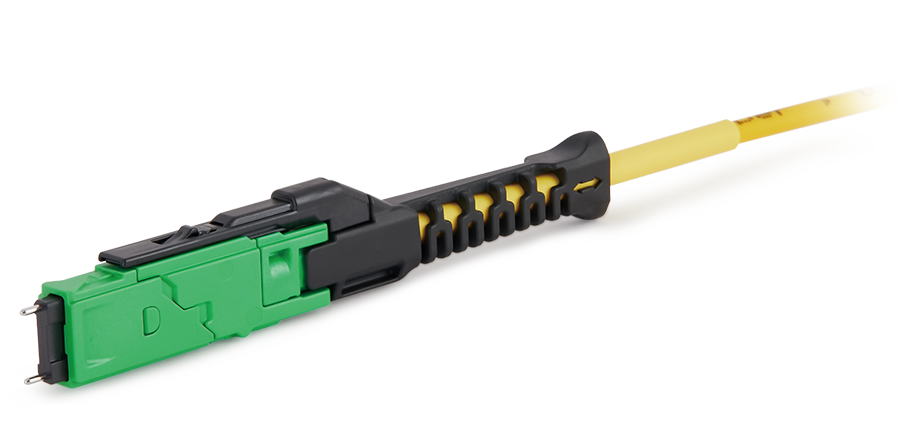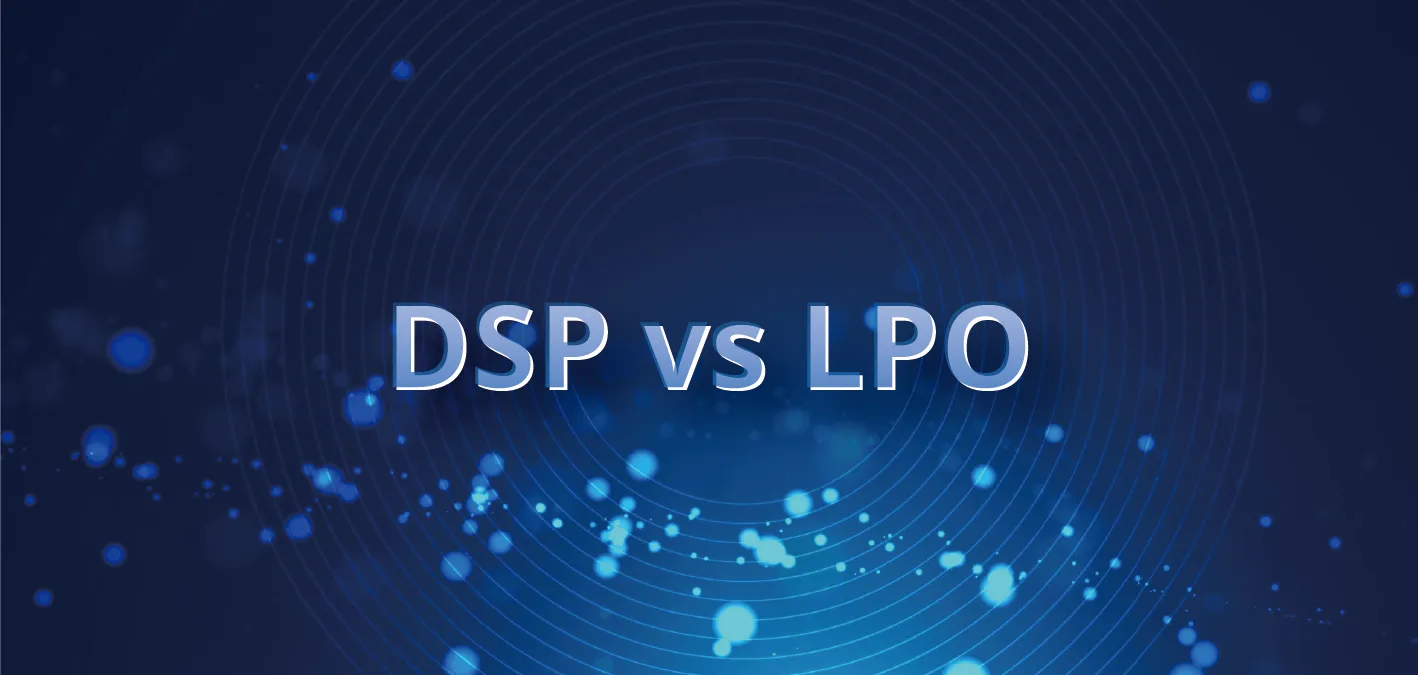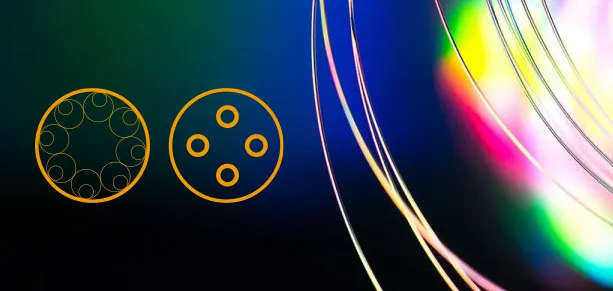Fiber Bragg Grating (FBG) sensors have emerged as a groundbreaking technology, revolutionizing the landscape of sensing applications across various industries. These sensors, based on the principle of wavelength-encoded information within a fiber grating, offer a multitude of advantages, including high sensitivity, immunity to electromagnetic interference, and multiplexing capabilities. This article delves into the fundamental applications of FBG sensors, shedding light on their diverse uses and contributions to fields ranging from structural health monitoring to medical diagnostics.
Understanding the Basics of FBG Sensors
Before delving into specific applications, it's essential to grasp the fundamental workings of FBG sensors. These sensors consist of a periodic modulation of the refractive index within an optical fiber. When exposed to external stimuli such as strain, temperature, or pressure, the grating experiences a change in its periodicity, resulting in a shift in the reflected wavelength. This shift is precisely measured, providing accurate and real-time data about the environmental changes to which the sensor is subjected.
1.Structural Health Monitoring (SHM)
Sensor FBG find extensive use in Structural Health Monitoring (SHM), playing a pivotal role in assessing the condition of infrastructure such as bridges, buildings, and pipelines. These sensors can detect strain, temperature, and other structural parameters, enabling engineers to monitor the health of critical assets over time. By strategically placing FBG sensors on structures, deviations from the norm can be identified, allowing for timely maintenance and preventing catastrophic failures.
2. Aerospace Industry
In the aerospace industry, where weight and space considerations are critical, FBG sensors offer a lightweight and compact solution for various sensing applications. These sensors are employed to monitor aircraft structures for strain, temperature, and vibration. The ability of FBG sensors to withstand harsh environmental conditions and provide accurate data makes them invaluable in ensuring the safety and reliability of aerospace components.
3. Oil and Gas Sector
FBG sensors have made significant inroads into the oil and gas sector, addressing challenges related to the monitoring of wells, pipelines, and other critical assets. These sensors can withstand high temperatures and corrosive environments, making them ideal for downhole applications. FBG sensors contribute to the optimization of oil and gas operations by providing real-time data on factors like pressure, temperature, and strain.
4. Biomedical Applications
The biomedical field has also embraced FBG sensor technology for a range of applications. These sensors can be integrated into medical devices for monitoring physiological parameters such as blood pressure, heart rate, and respiratory rate. FBG sensors offer a non-intrusive and highly sensitive means of gathering vital health data, making them valuable tools in the development of advanced medical diagnostics and wearable healthcare devices.
5. Energy Sector
FBG sensors play a crucial role in the energy sector, particularly in the monitoring of power transmission and distribution systems. By deploying FBG sensors on power cables and utility poles, operators can gather data on factors like temperature and strain, helping to prevent failures and improve the overall reliability of the power grid. Additionally, FBG sensors contribute to the optimization of renewable energy systems by monitoring the structural health of wind turbine blades and solar panels.
6. Environmental Monitoring
The environmental monitoring sector benefits from the versatility of FBG sensors in tracking various parameters. These sensors can be employed in geotechnical applications for monitoring ground deformation, landslides, and seismic activity. Additionally, FBG sensors are utilized in underwater applications for measuring parameters like pressure and temperature, contributing to our understanding of oceanic conditions.
7. Smart Infrastructure
FBG sensors are integral to the concept of smart infrastructure, where real-time data is utilized to enhance the efficiency and safety of urban environments. By incorporating FBG sensors into smart buildings and bridges, authorities can monitor structural integrity, detect potential issues, and ensure the overall safety of public infrastructure.
Conclusion
The fundamental applications of FBG sensors span a wide array of industries, showcasing the versatility and adaptability of this technology. From safeguarding critical infrastructure to advancing medical diagnostics, FBG sensors have proven to be indispensable tools for precise and reliable sensing. As technology continues to evolve, the role of FBG sensors is expected to expand further, unlocking new possibilities for innovation across diverse sectors. As we embrace the era of smart and connected systems, FBG sensors stand as a cornerstone in the realm of sensor technology, offering a glimpse into the future of intelligent and responsive applications. Visit www.china-tscom.com to explore what T&S are doing in FBG sensing sector.

 Fiber Optic Flex Circuit (FOFC)
Advanced Simulation & Optimization, High Positioning Accuracy, Flexible Customization, Rigorous Reliability Testing
Fiber Optic Flex Circuit (FOFC)
Advanced Simulation & Optimization, High Positioning Accuracy, Flexible Customization, Rigorous Reliability Testing MDC Solution
US Conec's MDC connector is a Very Small Form Factor (VSFF) duplex optical connector, expertly designed for terminating single-mode and multimode fiber cables with diameters up to 2.0mm.
MDC Solution
US Conec's MDC connector is a Very Small Form Factor (VSFF) duplex optical connector, expertly designed for terminating single-mode and multimode fiber cables with diameters up to 2.0mm. MMC Solution
US Conec's Very Small Form Factor (VSFF) multi-fiber optical connector that redefines high-density connectivity with its cutting-edge TMT ferrule technology and intuitive Direct-Conec™ push-pull boot design.
MMC Solution
US Conec's Very Small Form Factor (VSFF) multi-fiber optical connector that redefines high-density connectivity with its cutting-edge TMT ferrule technology and intuitive Direct-Conec™ push-pull boot design. EN
EN
 jp
jp  fr
fr  es
es  it
it  ru
ru  pt
pt  ar
ar  el
el  nl
nl 



_and_High-Reflection_(HR)_Optical_Coatings.webp)
